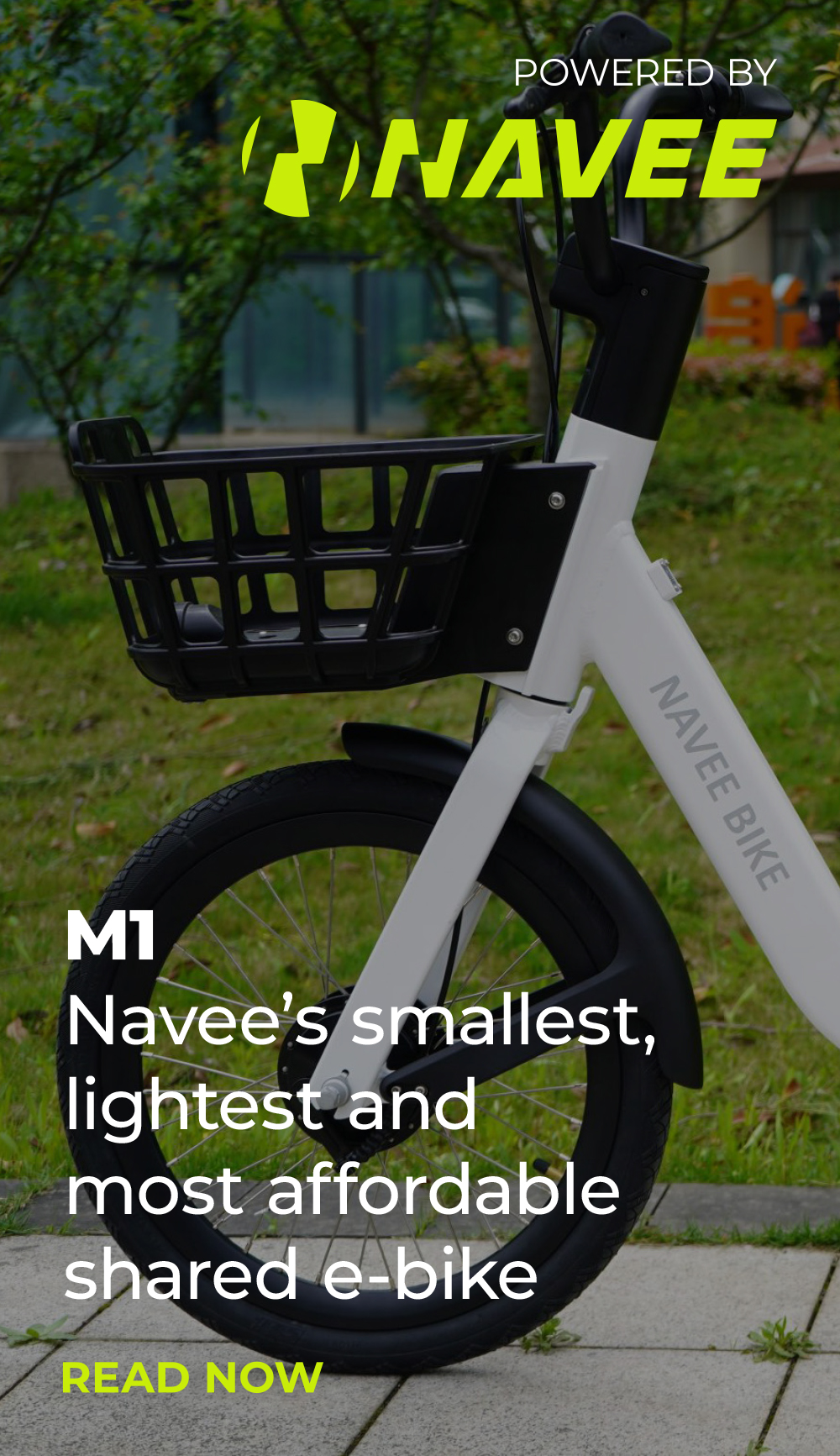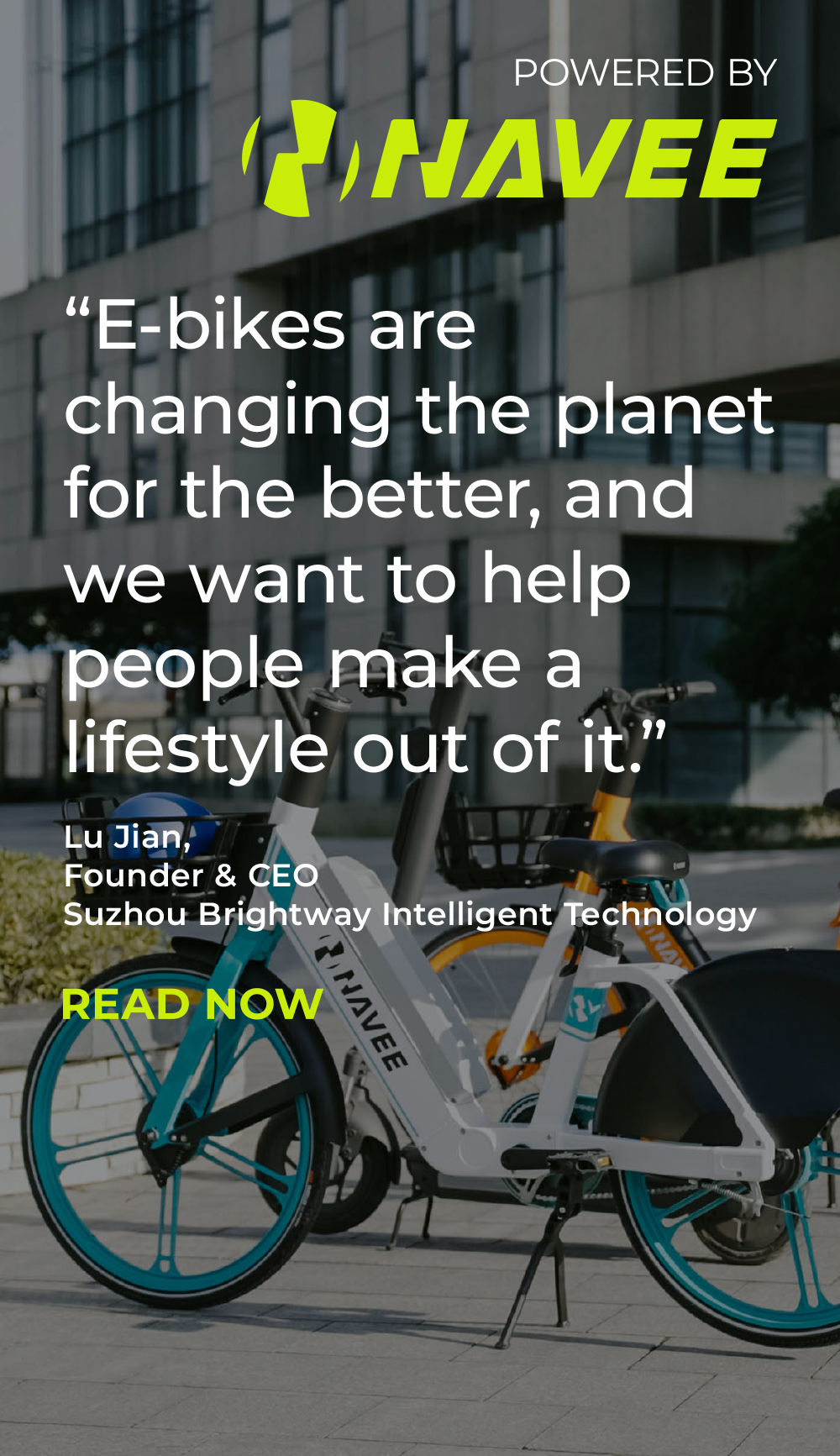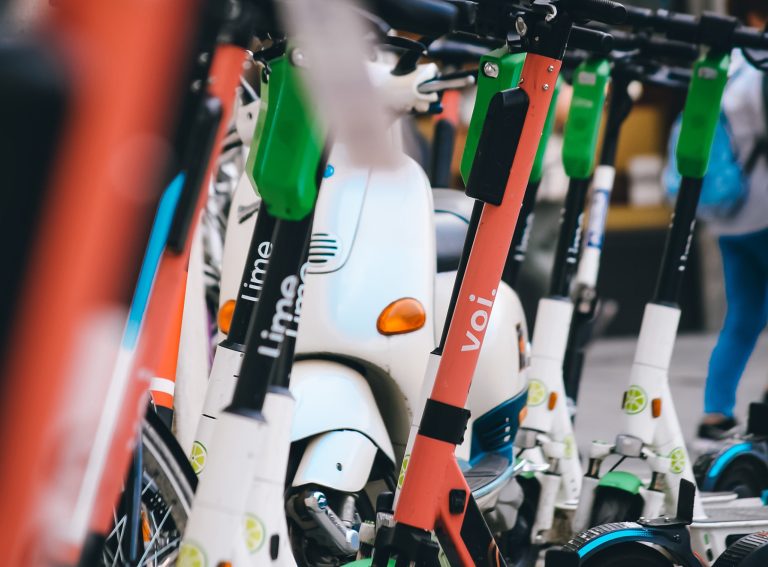As this week marks the one year anniversary of the UK e-scooter sharing trials (Ginger launched 25 scooters in Middlesbrough on 13 July 2020), Zag spatial analysis reveals that 10 per cent of the UK population now have access to shared e-scooters.
However, with greatly varying operating area sizes, scooter numbers and population served, the shared e-scooter experience is very different depending on where you are in the country – if you are included in the trials at all.
There are currently just over 16,000 scooters for hire, in 650 square miles across 51 trial areas. This is just 0.7 per cent of the UK’s land area but now includes 10 per cent of its residential adult population – over five million people – as the sharing trials are overwhelmingly focused on urban areas (there are also a number of long-term rental trials that do cover more rural parts of the UK).
The largest operating area is London, which was the last to launch, in June, but has already expanded once and is due to expand again on 2 August to cover Westminster, whereby it will become one area running from Hampton in the West to Blackwall in the East, some 20 miles distant. Already it 52 square miles, comfortably beating Bristol and Milton Keynes, in second and third place.
At the other end of the table riders on the University of Warwick campus have less than a square mile to scoot around in. There are also a number of very constrained, small areas in larger cities including Sunderland where less than two square miles of the larger urban area is in the e-scooter sharing “geofence”. Newcastle’s operating area is also noticeably small considering the size of the city surrounding it.
Nearly a million people in London are in the e-scooter sharing area – more than double the next largest population covered – Bristol, with 400,000 people. Liverpool, Nottingham and Bournemouth complete the top 5 populations covered by scooters.
The University of Warwick campus has the highest density of scooters – over 130 for its 0.7 square miles. Salford is in second place with 120 per square mile – like the University of Warwick’s, the operating area is also designed mainly to benefit students at the university and only covers a small part of the wider urban area. Sunderland, Newcastle, Birmingham and Bath have over 70 scooters per square mile. On the other hand, pioneer Middlesbrough has the lowest number of scooters per square available – just two.
Salford has the highest number of scooters per adult population – 9 per 1000 people. Northampton has eight per 1000 people; Sunderland, Wellingborough, Newcastle and Birmingham have seven, and Bath and Corby have six.
Newcastle and Birmingham are both city-centre focused schemes and so there is expectation of a wider population commuting in and then using the scooters for the “last mile” to their final destination. Conversely, Northampton, Wellingborough, Corby and Bath have cover their full urban areas with a high density, meaning these are the four UK cities which have “full coverage” of scooters – plenty of scooters, and covering all people in all areas.
London however is in the bottom 10 for scooters per population. The current area covers a population of 900,000 people but with only just over 1,000 scooters available.
SUMMARY LISTS
Top numbers of scooters:
- Bristol (Voi): 2000
- Liverpool (Voi): 1700
- Northampton (Voi): 1500
- Birmingham (Voi): 1200
- London (Dott/TIER/Lime): 1100
Biggest operating areas (square miles):
- London (Dott/TIER/Lime): 52.3
- Bristol (Voi): 38.2
- Milton Keynes (Spin/Lime/Ginger): 35.2
- Bournemouth (Beryl): 34.2
- Liverpool (Voi): 29.9
Most numbers of scooters per 1,000 people:
- Salford (Lime): 9.0
- Northampton (Voi): 8.1
- Sunderland (Neuron): 7.5
- Wellingborough (Voi): 7.4
- Newcastle (Neuron): 7.1
Highest scooter densities (per square mile):
- University of Warwick (Voi): 183
- Salford (Lime): 117
- Sunderland (Neuron): 94
- Newcastle (Neuron): 91
- Birmingham (Voi): 86
Largest populations covered (16+ home population):
- London (Dott/TIER/Lime): 908,000
- Bristol (Voi): 408,000
- Liverpool (Voi): 337,000
- Nottingham (Wind): 271,000
- Bournemouth (Beryl): 257,000
Methodological note: Population data from the ONS 2019 mid-year estimates, for people aged 16+. Scooter numbers and operating area sizes from Zag’s own research. To calculate populations covered, we used population-weighted LSOAs that fall within each operating area. We did not exclude do-not-ride areas which are within the main operating area. * We have used a single operating area for cities where multiple operators are present, for simplicity.






